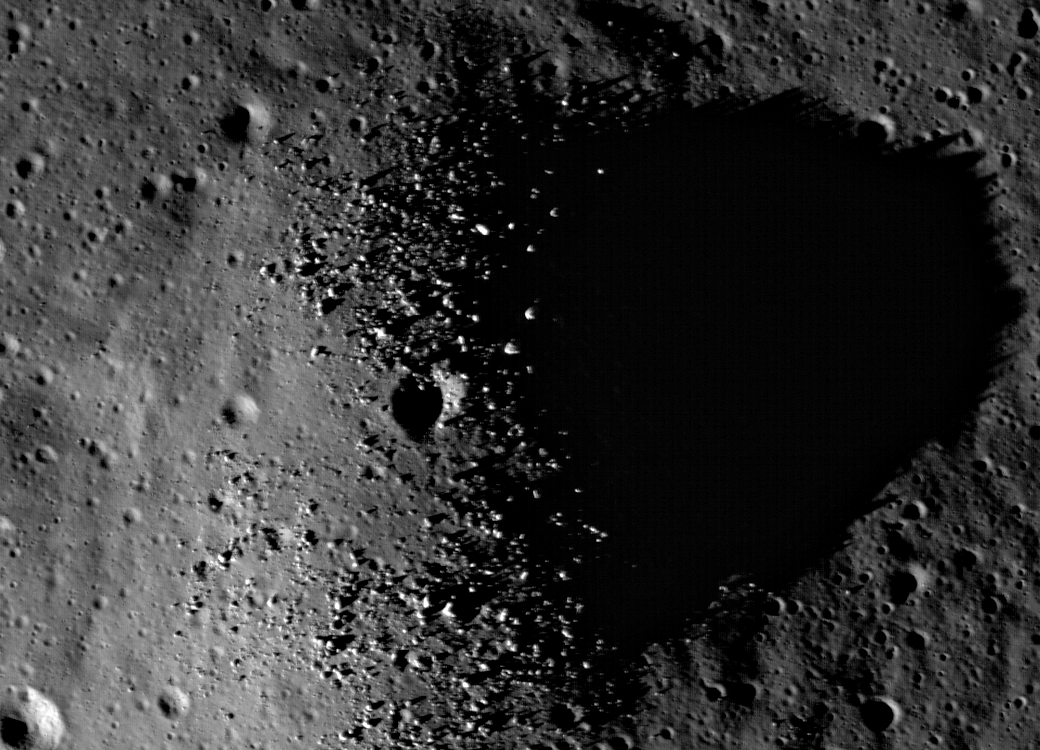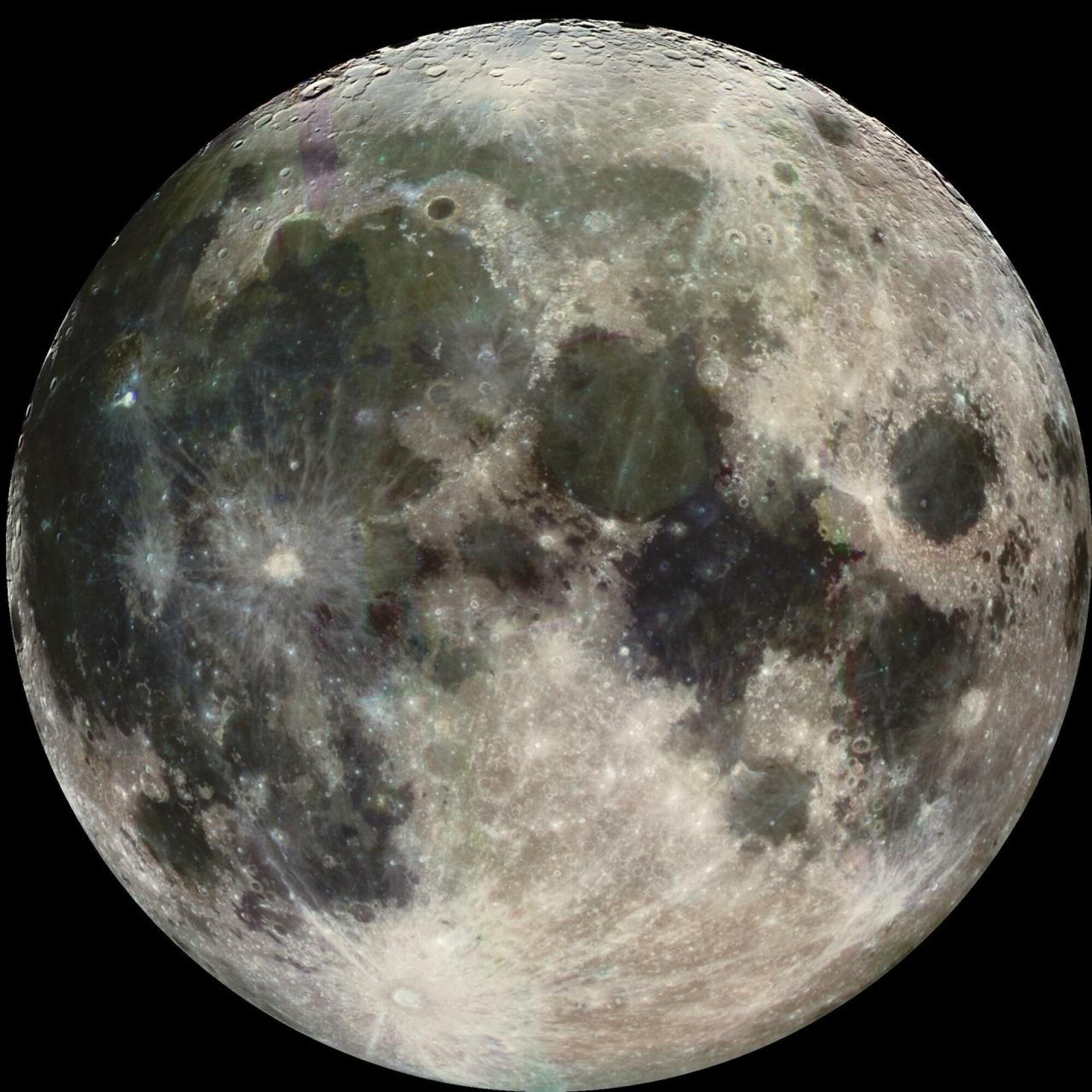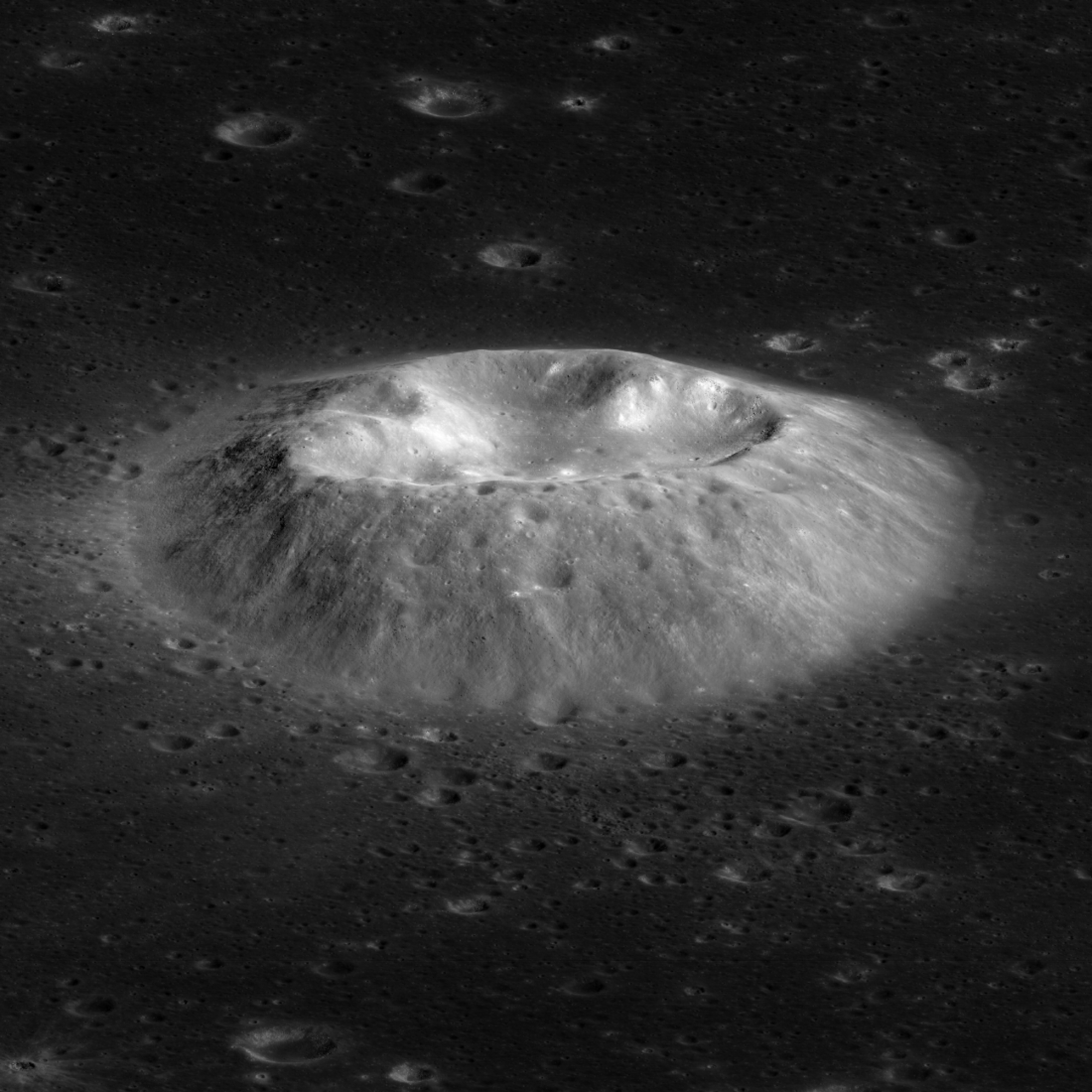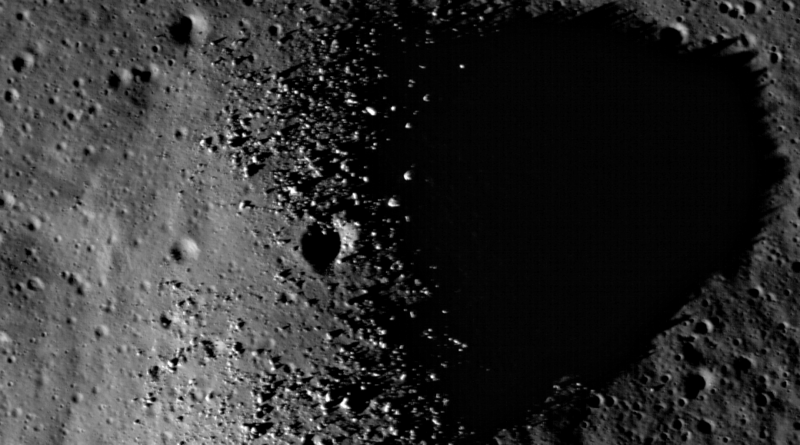There’s granite on the moon. No one knows how it got there.

Geologists have found a large cache of granite in an unlikely place — the far side of the moon.
With so many kitchens boasting long polished slabs on their countertops, we likely take for granted our granite. But the rock is virtually nonexistent elsewhere in the solar system, or so scientists have thought.
Before this discovery, only small grains have turned up in the more than 800 pounds of lunar samples hauled back from space by the NASA Apollo missions.
“Typically, granites require either plate tectonics or water-bearing magmas to form,” said Timothy Glotch, a geologist at Stony Brook University, in a statement. “While the lunar interior contains small amounts of water, the Moon has never undergone plate tectonics.”
The discovery, published in the science journal Nature, presents quite a mystery, suggesting that the 30-mile-wide granite trove on the moon formed through a geological process not yet understood. NASA plans to explore the region, the Compton-Belkovich volcanic complex and Gruithuisen Domes, with a rover in 2026.
On Earth, granite rocks are part of the plumbing found beneath extinct volcanoes. They form when underground molten lava rises to the planet’s crust but doesn’t erupt and then cools.
Any large deposit of granite found on Earth once fed a cluster of volcanoes, such as the Cascade volcanoes in the Pacific Northwest, said Matthew Siegler, a planetary scientist at Southern Methodist University, who led the research.
The group of scientists think the lunar granite had to have been there for some 3.5 billion years, when the moon had active volcanoes. The large shadowy-looking spots on the moon — the ones that look kind of like a face, for example — are the maria, areas of ancient lava flows. They’re thought to have formed early in the moon’s history.

Want more science and tech news delivered straight to your inbox? Sign up for Mashable’s Light Speed newsletter today.
The research team used data from the Chinese Chang’E lunar orbiters to find extra heat below the surface of a region thought to once host an ancient volcano. The source may have been granite’s high levels of radioactive elements, such as uranium and thorium, according to the new paper.
“The only solution that we can think of which produces that much heat is a large body of granite,” Siegler said.

NASA plans to investigate the summit of one of the moon’s Gruithuisen Domes, under the Commercial Payload Services Program, which was established in 2018 to recruit the private sector to help deliver cargo and instruments to the moon. The upcoming missions will support NASA’s lunar ambitions, while also attempting to kickstart a future cislunar economy, based on business ventures on and around the moon.
Scientists think the lunar domes formed with magma, rich in silica, similar to granite. On Earth, though, these features need oceans and plate tectonics to form. The space agency hopes moondust samples taken from the top will offer new clues.

